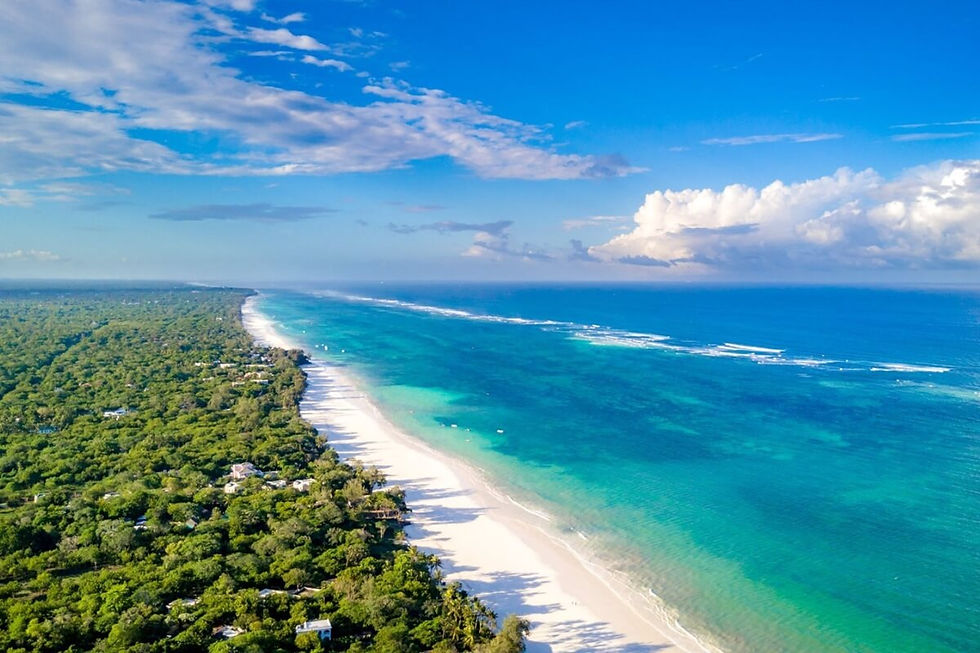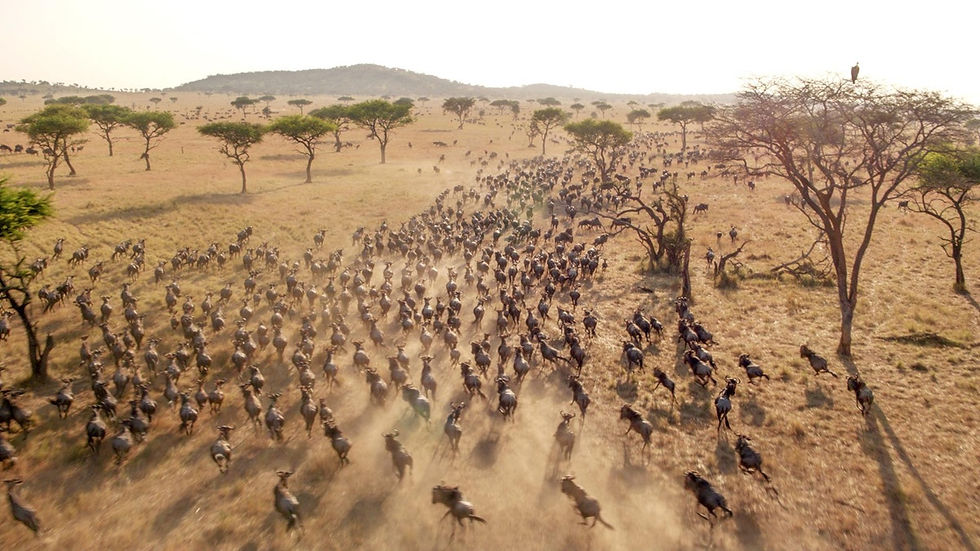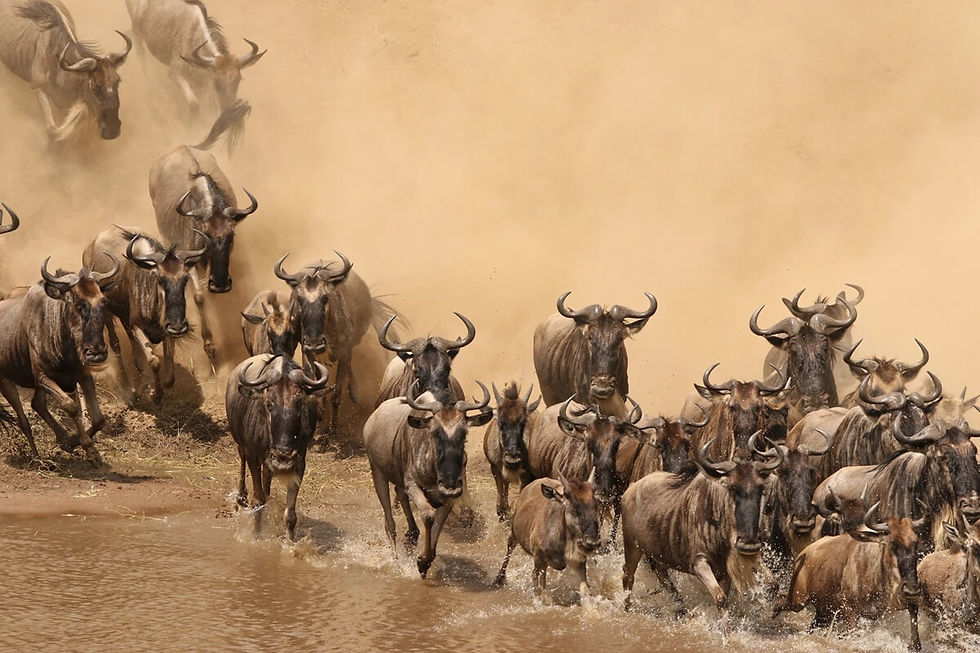
Capital
Nairobi

Population
55.34 million (2023)

Total Area
580,367 (sq km)

Languages
English
Swahili
Currency
Kenyan Shilling (KES)
Greeting
Jambo!
Mambo?
BOOK WITH CONFIDENCE
We are regulated by the following travel organizations.

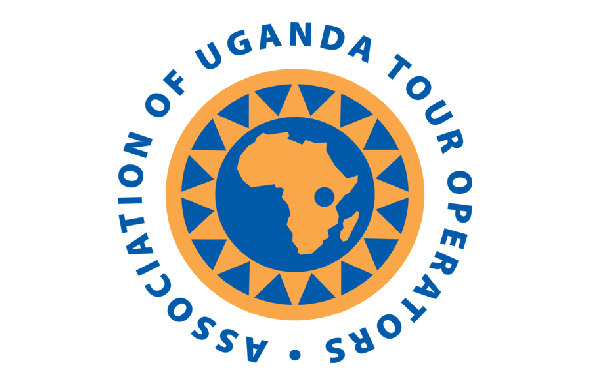
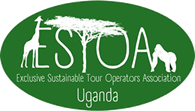


Why Visit?
World-famous for Big 5 safaris and the Great Migration
Stunning scenery from Rift Valley lakes to Mount Kenya
Deep-rooted cultural experiences with the Maasai and Samburu
A wide variety of safari options, from luxury lodges to budget camps
Coastal destinations like Diani and Lamu offer the perfect beach escape
Leading wildlife conservancies with innovative conservation models
Best time to visit
Dry Season (Jun–Oct, Jan–Feb): Best for wildlife viewing and the Great Migration.
Wet Season (Mar–May, Nov): Green landscapes, fewer tourists, some road challenges.
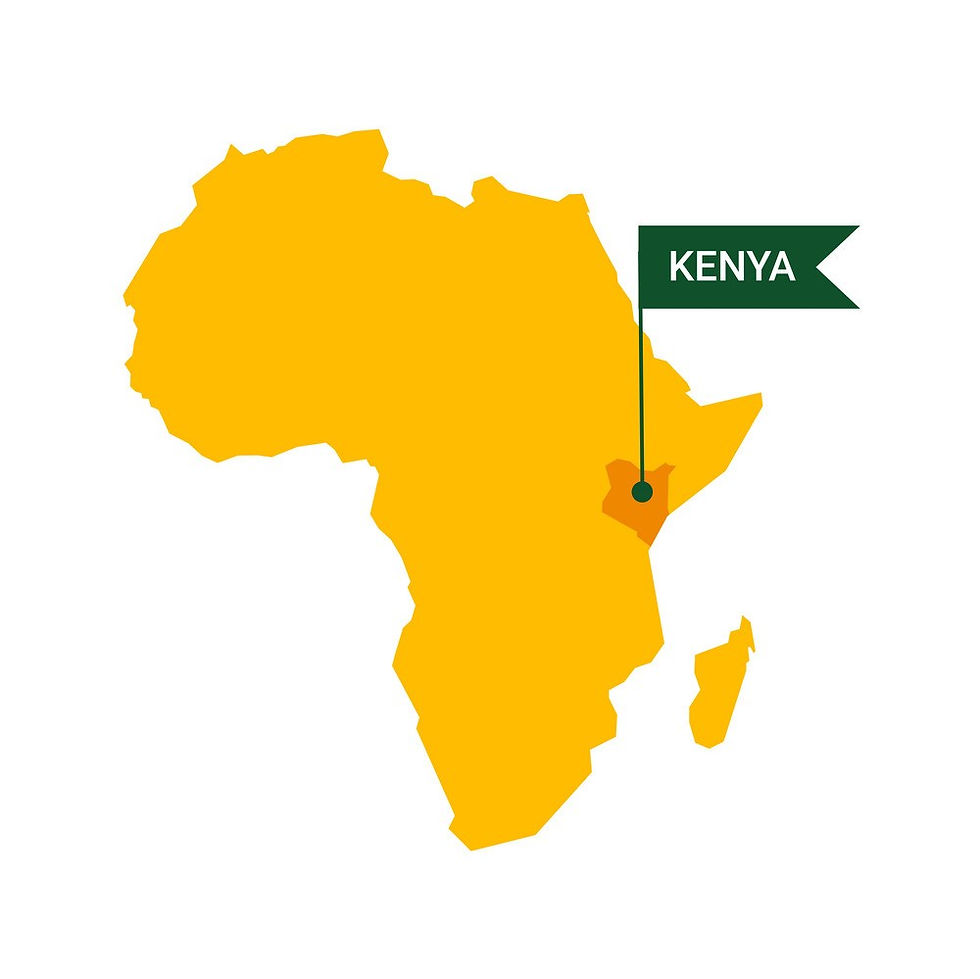
Tour Highlights
Experience the Great Migration, Big 5 safaris in the Maasai Mara, and cultural encounters with the Maasai. These carefully chosen highlights showcase Kenya’s iconic landscapes, thrilling wildlife, and vibrant traditions—designed to give you the richest, most authentic safari experience across the country’s most celebrated regions.
Choose from our exclusive selection of tours crafted to highlight the country's top attractions.
Meet our Local Expert
Born and raised on the edge of the Maasai Mara, Daniel has been surrounded by wildlife his entire life. With over 10 years of guiding experience, he’s a trusted expert in Kenya’s wildlife, particularly in the Maasai Mara, where he’s guided hundreds of successful safaris. Daniel is known for his deep understanding of animal behavior and his ability to create memorable experiences, from tracking lions to sharing insights on Kenya’s rich cultural heritage. His love for the land and its people ensures every guest leaves with a lasting connection to Kenya’s heart and soul.
“There’s a moment when the sun rises over the Mara and the world feels untouched—that’s what I want you to experience. Kenya gives you perspective. You come for the animals, but you leave having rediscovered your own sense of wonder.”
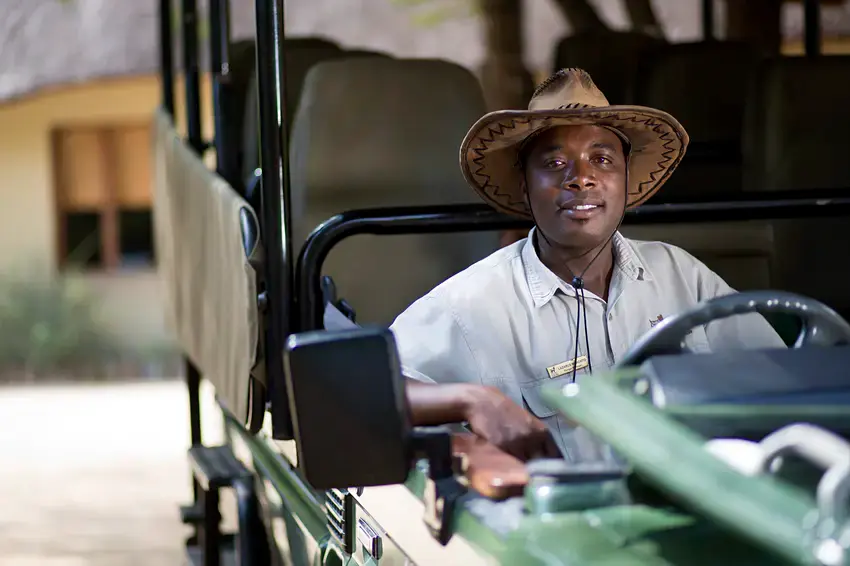
Daniel Mwangi – Wildlife Guide & Great Migration Expert
Common Questions About Our Kenya Safaris
1. Why is Kenya considered a top safari destination?
Kenya is the birthplace of the modern safari and home to some of Africa’s most renowned national parks, including the Masai Mara, Amboseli, and Tsavo. It offers classic game viewing (including the Big Five), rich Maasai culture, diverse landscapes from mountains to coastline, and the world-famous Great Migration. Kenya is ideal for both luxury and budget-friendly safaris with seamless logistics and seasoned hospitality.
2. When is the best time to visit Kenya for safari?
The prime safari season is the dry period from June to October, when wildlife congregates around waterholes and the bush is thinner. July to September marks the Great Migration in the Masai Mara—a highlight for many. The short dry season from January to February is also excellent. Rainy seasons (March–May & November) bring greenery and fewer crowds, ideal for birding and photography.
3. Do I need a visa to enter Kenya?
Yes. Kenya requires visitors to obtain an Electronic Travel Authorization (eTA) via etakenya.go.ke prior to travel. Most travelers are eligible, and the process is user-friendly. Alternatively, you can use the East Africa Tourist Visa if visiting Kenya, Rwanda, and Uganda on the same trip.
4. What vaccinations or health precautions do I need?
Yellow Fever vaccination is required if arriving from a risk area. Recommended vaccines include Hepatitis A & B, Typhoid, Tetanus, and Polio. Kenya is a malaria-risk country, especially near the coast and lake regions, so malaria prophylaxis is advised. Bring mosquito repellent and wear long sleeves in the evening.
5. What is the Great Migration, and where can I see it?
The Great Migration is the annual movement of over 1.5 million wildebeests, zebras, and gazelles between the Serengeti (Tanzania) and Masai Mara (Kenya). The dramatic river crossings—often involving crocodiles and predators—occur in the Masai Mara from July to October. It’s one of nature’s greatest spectacles and best experienced with early booking.
6. What is a conservancy, and why stay in one?
Conservancies are privately-managed wildlife areas that border national parks. They offer exclusive game drives, fewer vehicles, off-road access, night safaris, and strong community involvement. Staying in a conservancy helps support local landowners and conservation while giving you a more intimate safari experience.
7. Can I combine Kenya with other countries?
Absolutely. Kenya works beautifully in combination with Tanzania (Serengeti, Zanzibar) or Uganda/Rwanda for gorilla trekking. Flights between Nairobi and key destinations like Entebbe, Arusha, or Kigali are frequent. The East Africa Tourist Visa simplifies multi-country itineraries.
8. Are Kenya safaris suitable for children?
Yes. Kenya is family-friendly, with many lodges offering family tents, childminding services, and educational activities. Some parks like Nairobi National Park or Lake Naivasha are perfect for shorter, child-friendly excursions. Note: children under 12 may be restricted from walking safaris or certain drives. Always let us know in advance so we can tailor your itinerary.
9. Will I have internet and electricity during my safari?
Most safari lodges have solar-powered electricity, with generators during peak hours. Charging stations are available in guest rooms or communal areas. Internet is available at most lodges but may be limited in speed and availability—especially in remote locations. A power bank is handy for cameras and phones.
10. What should I pack for a safari in Kenya?
Pack light, breathable clothing in neutral colors, a fleece or light jacket for cool mornings, sturdy walking shoes, sunscreen, hat, insect repellent, binoculars, camera, water bottle, and personal medications. Don’t forget your passport, eTA printout, and vaccination card. Many lodges offer laundry service.
Reviews of Our Kenya Safaris
This is your Testimonial quote. Give your customers the stage to tell the world how great you are!
Frankie B.
This is your Testimonial quote. Give your customers the stage to tell the world how great you are!
Frankie B.
This is your Testimonial quote. Give your customers the stage to tell the world how great you are!
Frankie B.


